
 |
|
|
Looking Ahead
Volume 60 Number 3 Date 05/07/2015 ALFALFA WEEVIL - Adults have become increasingly common and spring egg deposition is intensifying. Surveys to determine larval populations and assess defoliation levels should begin during the week of May 10. BLACK CUTWORM - A moderate flight of 75 migrants arrived this week, with moths reported as far north as Durand in Pepin County. Larvae resulting from the annual migration are expected to reach the corn-cutting fourth-instar stage by May 20 in southern Wisconsin. The low number of black cutworm migrants captured so far this spring indicates a minor risk of damage to vegetative corn later this month. EUROPEAN CORN BORER - Pupation of overwintered larvae has started in the south-central and southwestern areas of Wisconsin and the first spring moths could emerge as early as May 10 near La Crosse, May 14 near Madison, and May 16 near Hancock. Black light traps should be installed several days in advance of the flight. CODLING MOTH - Emergence is likely to begin next week in southern and central Wisconsin apple orchards. Daily monitoring of pheromone traps is suggested once the first moth appears and until the biofix, or first sustained moth capture on consecutive nights, is documented. COMMON ASPARAGUS BEETLE - Adults are depositing eggs on asparagus spears in the Milton area of Rock County and in other advanced southern Wisconsin locations where 150 degree days (simple base 50°F) have been surpassed. Optimal control of this pest requires elimination of the overwintered beetles early in the season, before egg laying begins. Treatment is justified if 5% of plants are infested with beetles. -- Krista Hamilton, DATCP Entomologist 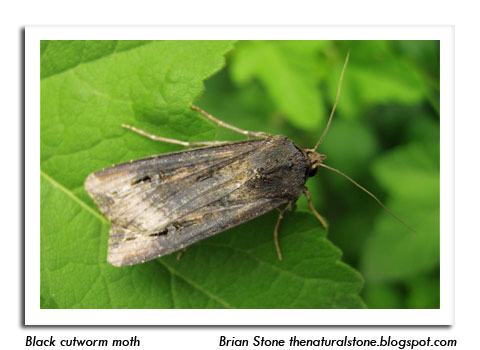
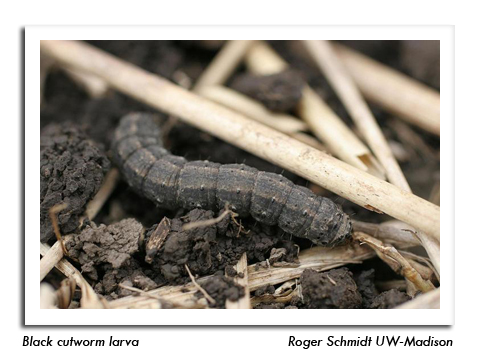
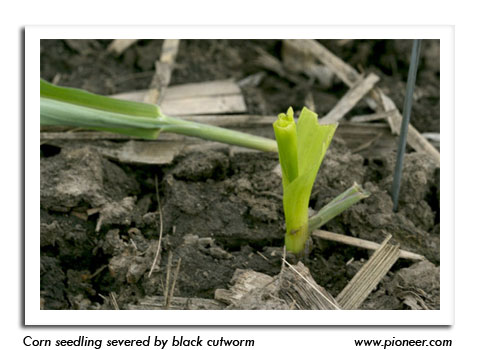
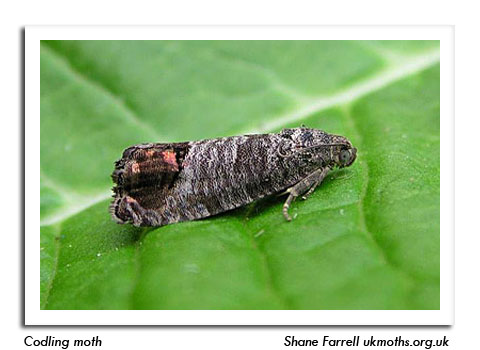
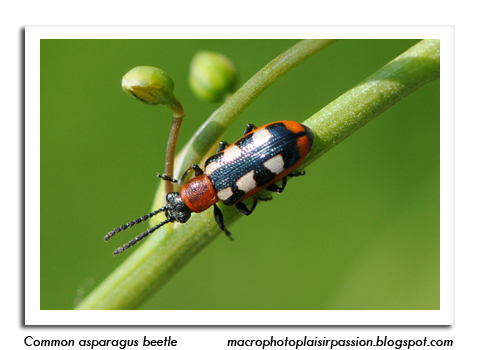
|
|
|